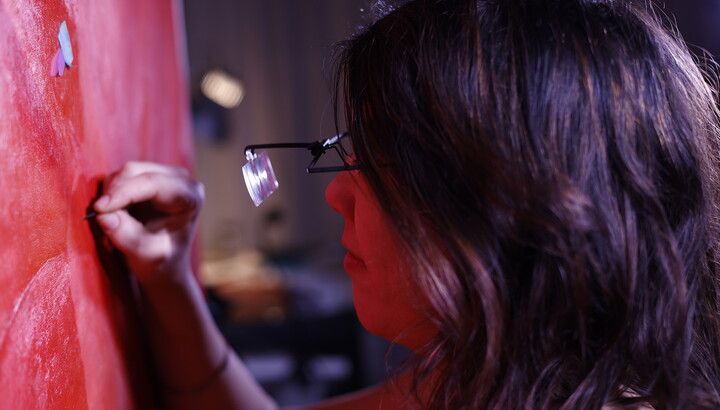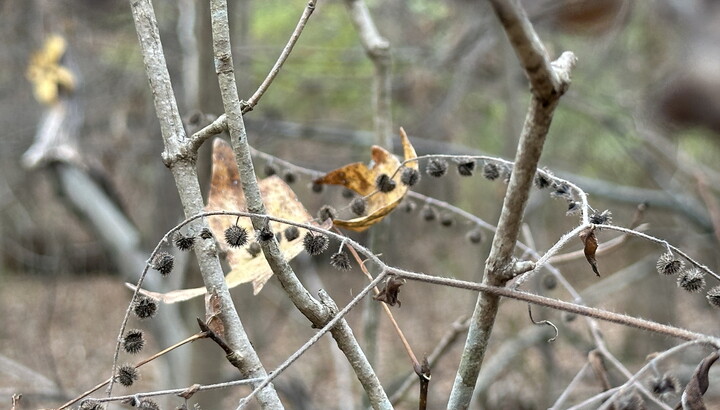The Carter Blog
Carter ARTicles
The Freedman byte by byte
Feb 03, 2023
In preparation for Emancipation: The Unfinished Project of Liberation, we knew we wanted John Quincy Adams Ward’s historical representation of freedom, The Freedman (1863) to inspire living artists to create their own work.
To launch the first conversations with the artists, we started with Zoom calls where we’d give a bit of background information about the sculpture and share research with them. Each artist took that prompt in a different direction, but sculptor Hugh Hayden wanted to make a Freedman for the 21st century. How could he use our sculpture as a model but change the figure’s circumstances?
When Ward wanted to copy his own work, he’d take an original plaster sculpture and make a mold from which he could have it cast in bronze. We couldn’t let our sculpture be covered in wax and plaster to make a mold. If Ward wanted to make many bronzes, he could make a pin model that allowed precise measurements from pin to pin that would facilitate exact copies. That wasn’t going to happen with our work, either!
The 21st-century version of this process is 3-D scanning and printing. We invited the team from NVision, a local company that has worked for more than 30 years with the aerospace and engineering community, to make non-contact 3-D scans and measurements from our sculpture that allow accuracy to a fraction of the width of a hair. Though NVision is one of the most experienced companies in these highly technical and scientific fields, they have also made a name for themselves in helping the art world—from the Metropolitan Museum of Art to Jeff Koons—achieve their objectives.
NVision’s team, with the supervision of curators and conservators, ran a laser over every fraction of an inch of the surface of our sculpture. A rendering in 3-D appeared on the monitor before our eyes. The team was extremely sophisticated in both making sure all the bits and bytes were measured and also, that no harm came to our sculpture.
Hugh Hayden and his fabricators have taken the scans and are using them as the basis for a new generation of sculptures through digital manipulation. That’s allowed by law as long as the new artist puts enough of his own spin on the original. Hayden will alter the scans to make the sculpture his own and then have the results printed in white plastic. We won’t know exactly what his versions will look like until the show opens in March, but we know that each beard whisker and every tiny toenail will have been measured in the process of making the work.
Thanks, NVision and Hugh!






